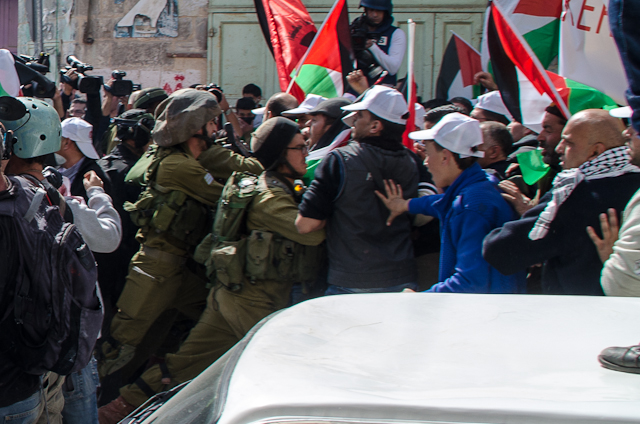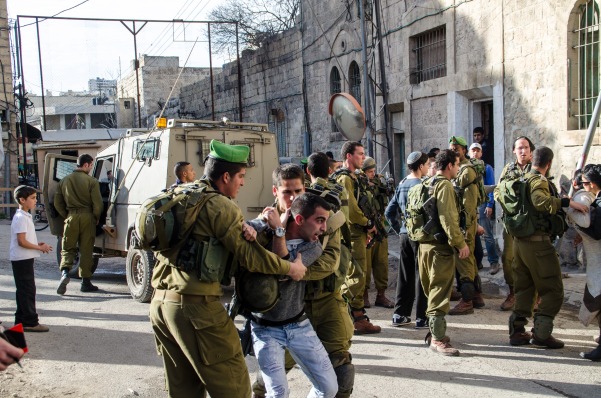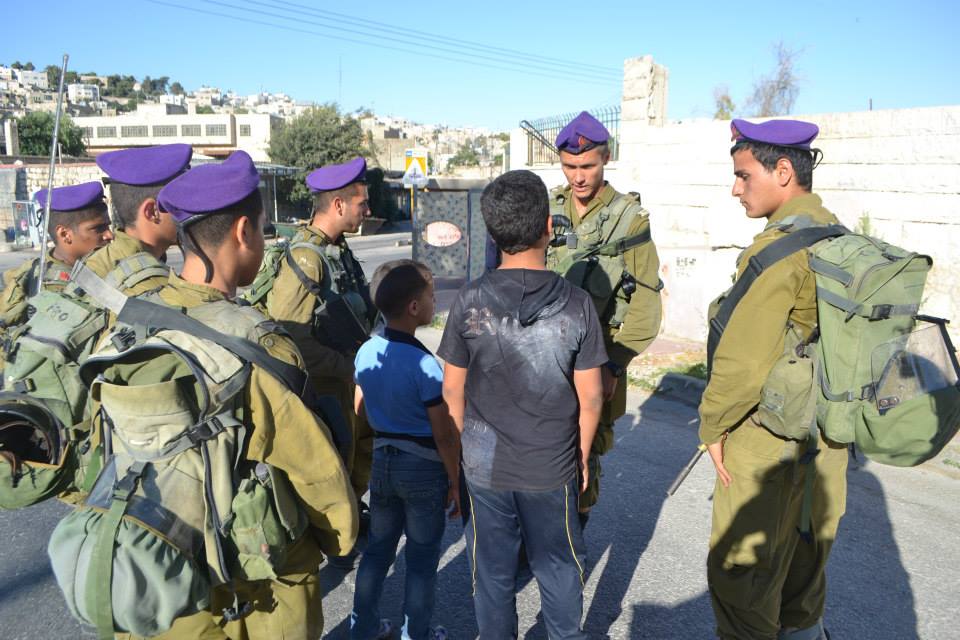Tag: Shuhada Street
-
Fifth annual Open Shuhada Street demonstration in Hebron
21st February 2014 | International Solidarity Movement, Hebron Team | Hebron, Occupied Palestine The fifth annual “Open Shuhada Street” campaign took place on Friday the 21st of February in Hebron. Five people were arrested and 13 treated after being shot by rubber-coated steel bullets during a peaceful demonstration to open Shuhada Street for Palestinians. On the 21st of…
-
Thirteen-year-old boy attacked by settlers then arrested at Checkpoint 56 in Hebron
25th January 2014 | International Solidarity Movement, Khalil Team | Hebron, Occupied Palestine On Saturday, January 25th at around 2:30 p.m., when a group of around 30 settlers were passing by Checkpoint 56 on Al-Shuhada Street in Hebron, two 13-year-old boys were attacked by five settlers. One of the boys, his father and a photographer were taken…
-
“We don’t care” – A shocking response from Israeli soldiers arresting children in Hebron
28th June 2013 | International Solidarity Movement, Khalil Team | Hebron, Occupied Palestine Two brothers aged 10 and 13 were today taken by the Israeli occupation forces whilst playing outside their home in the old city of Hebron. They were forcibly taken to the military base on Shuhada Street which is closed to Palestinians, while…



